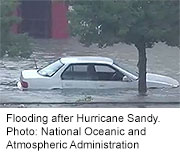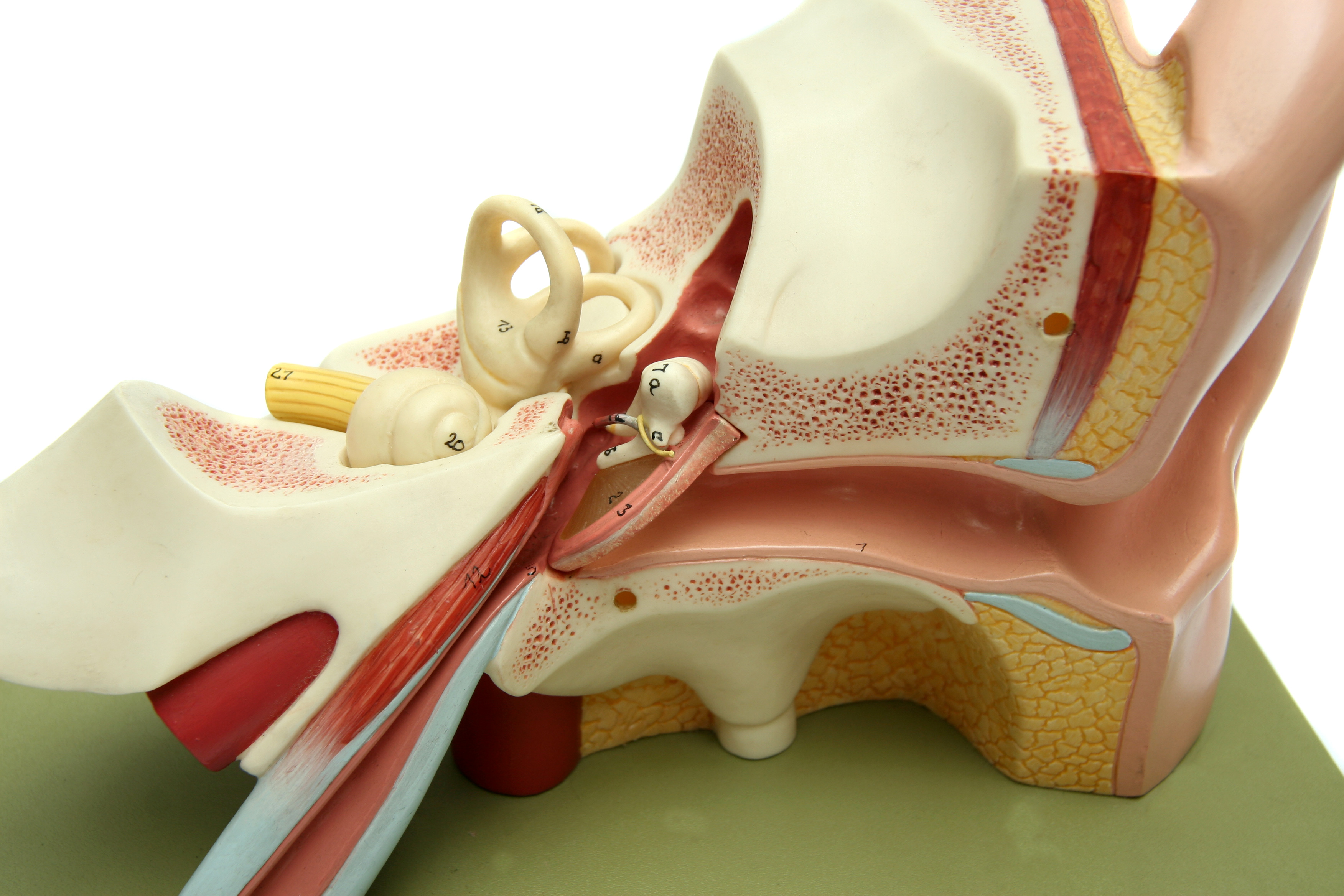
WEDNESDAY, Oct. 31 (HealthDay News) — As the most powerful storm to hit the U.S. Northeast in a generation rolled toward Canada Wednesday morning, it leaves behind at least 51 dead and millions without power in the cities and towns that were unlucky enough to be in its path.
Sandy — which started as a hurricane until being dubbed a post-tropical cyclone Tuesday — made landfall near Atlantic City, N.J., Monday evening, flooding much of that city as 80 mph winds drove seawater inland, The New York Times reported.
Overall, an estimated 6.8 million people across the Northeast and Mid-Atlantic region were still without power Wednesday morning, including much of New York City. The Associated Press reported Wednesday that 2.04 million people across New York state were without power. In New Jersey, more than 2 million people are without electricity, as are 933,000 in Pennsylvania, 497,000 in Connecticut, 145,000 in Maryland and 155,000 in Massachusetts.
Hundreds of bridges and roads are still impassable or closed throughout the region and more than 16,000 flights had been cancelled at major airports as of Wednesday, the Washington Post reported. Eqecat, a company that predicts the costs of catastrophes for insurance companies, said Sandy’s economic damage could total $10 billion to $20 billion, the newspaper reported.
Important access tunnels to New York City were flooded or shut down, as was the transit system for the nation’s largest city. The subway system, which was flooded at the storm’s peak, is not expected to open for days, according to the Times.
News reports have estimated the death toll from the storm so far at 51, including: a man and a woman in Morris County, N.J., who died when a tree fell onto their car; two boys in North Salem, N.Y., ages 11 and 13, who perished when a tree collapsed on their house; and Claudene Christiane, a crew member of the tall ship H.M.S., which sank off the North Carolina coast.
For the millions now without power, preparation will have been key, said one expert.
Dr. Robert Glatter, an emergency medicine physician at Lenox Hill Hospital in New York City, said its important to have stockpiles of prescription medicines, special medical supplies, nonperishable foods — baby formula and pet foods, too — as well as emergency essentials.
“Be prepared to be self-sufficient for one to five days without access to grocery stores,” Glatter said.
Experts also advised that local authorities must be told about any elderly, disabled or bedridden people who might need emergency assistance. Find out where your community’s emergency shelters are.
If you evacuate, Glatter said it’s important to have a ready-made kit or “go bag,” including extra eyeglasses, sanitized baby bottles and diapers. People with diabetes should keep extra insulin on hand and a ready supply of snacks in case their sugar levels drop, he said. Store insulin or any liquid antibiotics on ice or cold packs during power failures, he suggested.
Patients who use a CPAP machine for sleep apnea or chronic obstructive pulmonary disease (COPD) may need an alternative power source during the storm. This includes a CPAP battery pack, he said.
To be on the safe side, assemble a one- to two-week supply of prescription medications, Glatter said. And “stay connected — have a list of your doctors with their contact information.”
Keep emergency phone numbers near every phone and in your cellphone “contacts” list.
“Have coins and cash available, too,” Glatter said.
In terms of hurricane supplies, the U.S. Centers for Disease Control and Prevention suggested the following:
- Three to five days’ worth of water, about five gallons per person, in clean containers and three to five days’ worth of nonperishable food.
- Well-stocked first-aid kits for your home and car. The car also needs maps, food, blankets and basic tools such as pliers and tape.
- Charged cellphones, flashlights, a battery-powered radio and extra batteries.
- Extra blankets or sleeping bags.
- Soaps, toothpaste and other personal hygiene necessities. Also, paper towels or baby wipes for personal cleaning if showering or bathing isn’t possible.
- Water-purifying supplies such as chlorine or iodine tablets or unscented household chlorine bleach.
- A fire extinguisher that all in the family know how to use.
More information
The U.S. Centers for Disease Control and Prevention has more about emergency preparedness.

